Pipe Tobacco 101: What am I Smoking?
Posted by Chris Hopkins on 28th Jan 2015

Note from the team at TobaccoPipes.com:
Meet Chris Hopkins, a pipe blogger and former tobacconist. You may remember Chris from our November Pipe Collector Spotlight. Chris worked for his first tobacco company at the age of 17 in Kentucky, then later as a tobacconist in Winston Salem, North Carolina. Chris currently operates an in depth blog review of pipe tobacco and products at Pipe Tobacco Critique. He is currently a graduate student of theology at Kentucky Christian University and a minister in Winston Salem. Chris' passions include pipe blogging, movies, and cooking for his beautiful wife Emily. Chris will be writing a monthly column on pipe tobacco related subjects for us. Please give him a warm welcome!
What exactly am I smoking?
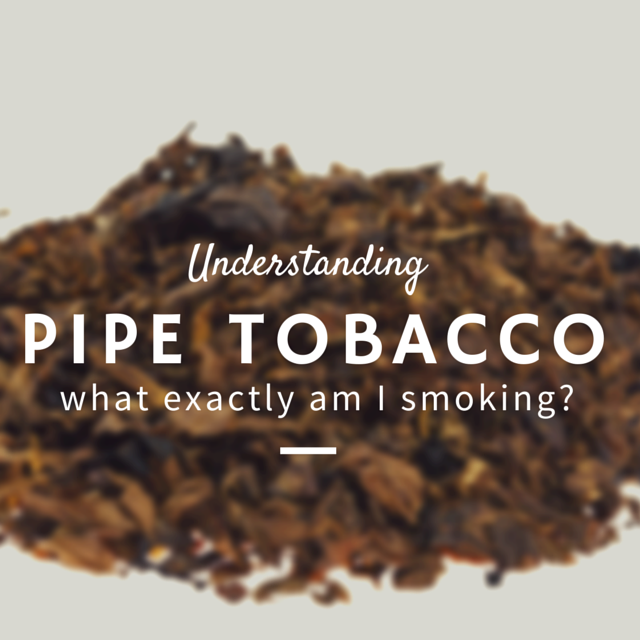
When buying a new pipe, a pipe smoker always wants to know about the pipe he is going to buy.
Through this process, there are always questions the collector asks themselves:
Where was this pipe made?
What material is it made of?
What shape and finish do I want?
How does this pipe smoke?
Basically every question boils down to one:
What exactly am I going to get?
Choosing the right pipe tobacco is just as important as choosing the right pipe.
No matter how much experience you have--whether you’re a serious tobacconist or a beginning pipe smoker--the process of choosing a pipe tobacco should be well thought out. Taking the time to understand what you’re purchasing will give you the best chance of enjoying a great smoke.
An informed purchase is the best purchase.
With that in mind, below is a description of the most common tobaccos, ordered from lightest to most intense flavor.
What is Burley?
Burley is the lightest and second most common form of tobacco.
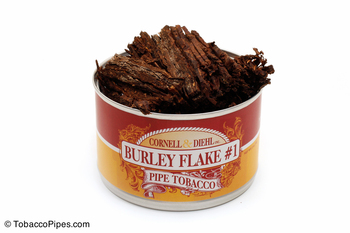
It is air cured, meaning hung from a farm’s rafters. This allows the natural environment to dry out the leaves. Leaves are hung for approximately eight weeks.
George Webb and Joseph Fore in Ohio discovered white burley tobacco in the year of 1864. While discovered in Ohio, today 70% of burley tobacco is grown in Kentucky, 20% in Tennessee, and the rest split between North Carolina, Indiana, and Ohio.
Burly is naturally a very light tobacco containing natural sugars. Its simple molecular structure makes it easy to mix, breed and cure with other flavors. Burley can take on many different flavors.
The mild and sweet nature of Burley makes it common in numerous tobaccos blends. It is always added to lighten the flavor and intensity while adding a pure, sweet underlying taste.
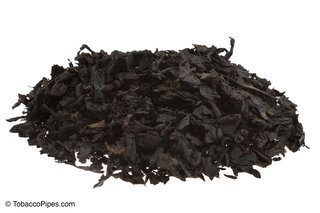
How is Cavendish Made?
A common error is to refer to Cavendish as a type of tobacco. Rather, Cavendish should be seen as a method of curing and cutting tobacco.
Cavendish is made from white Burley and Dark Fired Kentucky tobacco.
It is made by pressing the tobacco into one inch thick squares, suppressing them to steam or fire, then sealing in a barrel and allowing it to naturally ferment for various periods of time.
Sir Thomas Cavendish, an English immigrant to Virginia in the late 16th century, discovered Cavendish. He decided to dip his “plain flavored” Burley into a barrel of sugar and discovered this fantastically sweet tobacco.
Typically, Cavendish is chemically made of 54% tobacco, 22% water, 8% alcohol, and 16% sugar or flavoring of the blenders choice.
Cavendish is often found as a straight blend sold as an additive. This allows the user to modify any of their owned blends and to sweeten the taste.
Virginia Tobacco
Despite the name, Virginia tobacco is grown all over the world, not only in the state it is named after.
Virginia is a favorite of personal tobacco blenders and connoisseurs because of its complex flavor
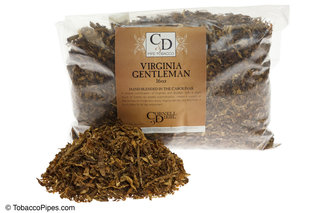
and ability to change flavor with age as wine does. Virginia starts the aging process a bright lemon color (lightest flavor), then moves to golden, and finishes red which is the strongest variety.
Virginia also has a high sugar content, and often carries a sweet tangy flavor. Because of the high sugar and oil content, Virginia is often the culprit that causes tongue-bite.
Because of the flexibility of Virginia, it is the most commonly found tobacco in a wide variety of pipe blends.
Where to find Orientals
Oriental is a classification of tobacco that is grown in the Mediterranean and includes blends such as Turkish and Latakia, but also numerous other blends unique to the area.
Orientals are known for being very aromatic.
Since this is just a classification, some Orientals are often quite strong and can fall into an English category.
They generally have a “sweet and sour” flavor meaning there will be a fruit or nut flavor accompanied by a pepper or bread taste.
Making Dark Fired Kentucky Tobacco
Dark Fired Kentucky (or DFK for short) is a very similar blend to Burley, which is no surprise being that they are primarily produced in the same state in the same climate.
The difference between DFK and Burley is that DFK is left to cure over an open fire.
This unique and direct curing process gives this blend an incredibly smoky flavor. Fire curing also chemically alters the plant and delivers a high nicotine dose to the smoker.
DFK tobacco is very earthy, while being incredibly smooth on the tongue.
What is Turkish?
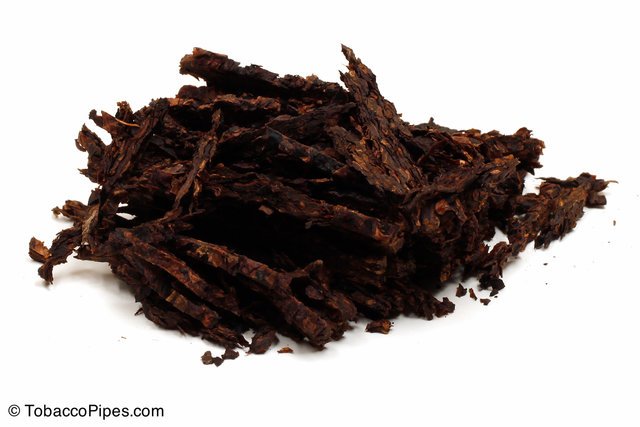
As mentioned above, Turkish falls under the umbrella of Oriental tobaccos.
Turkish tobacco was discovered in Turkey but is now produced in towns such as Smyrna, Basma, Izmir, Prame, Yenidi, Samsun, Xanthi, and other small villages.
Just as Oriental blends are famous for being sweet and sour, Turkish blends always carry a sweet undertone with a spicy kick.
Turkish tobacco is generally added to blends in order to deliver more body and flavor to a blend without compromising the English nature.
Where is Perique From?
Perique was first made by the Choctaw Indians. The Choctaw Indians took tobacco and stored it in a hollowed out log, subjected it to fire, and then let it cure.
Perique is a very specific and unique. It can only be truly made in one small part of the world.
St. James Louisiana is the only place that produces a true Perique tobacco. This is because of the “Magnolian”. Magnolian meaning highly fertile. It is called this because of the presence of unique swamps, soil present.
Perique is deveined then stored in barrels where it is subjected to extreme pressure, which extract the oils from the plant, and then allowed to ferment for various amounts of time, no less than a few months.
The flavor profile of Perique is always an incredible spice that contains hints of fig.
Because of the small production area, true Perique is quite difficult to find. Most common unique blends today are mode from the closest Perique imitation called “Kentucky Green River Burley”.
What is Latakia?
Latakia tobacco was discovered and originally produced in Latakia, Syria, but is now produced wholly in Cyprus.
Latakia is hung to cure, then either steamed with pine or smoked with fire.
This method of curing and aging the Latakia gives it a liberal spice flavor, the strongest and most upfront flavor from all common tobaccos.
Latakia is generally the tobacco added to English blends that gives it the “punch” so many smokers are looking for.
It is a plaguing myth that Latakia is cured by hanging over a camel dung fire. This is a ludicrous claim and all smokers can be assured this does not happen to their tobacco.
Why learn about pipe tobacco?
“So what is this information for?” you may ask.
Knowing what you are about to buy or smoke lets you know what to expect. Being knowledgeable about the product you buy will enhance your smoke and allow you to make better purchases.
Knowing more about your hobby always makes it more enjoyable and meaningful!

